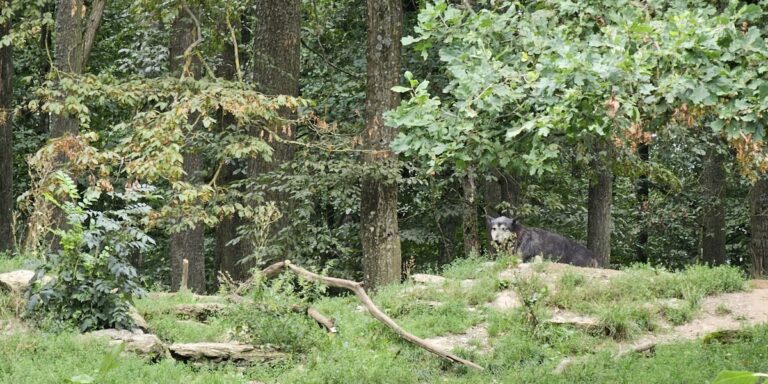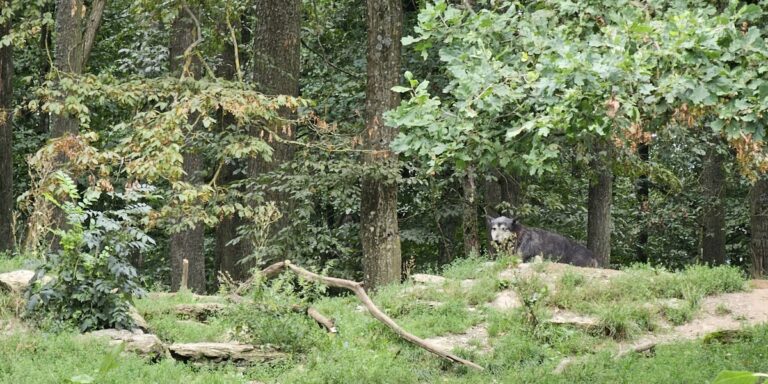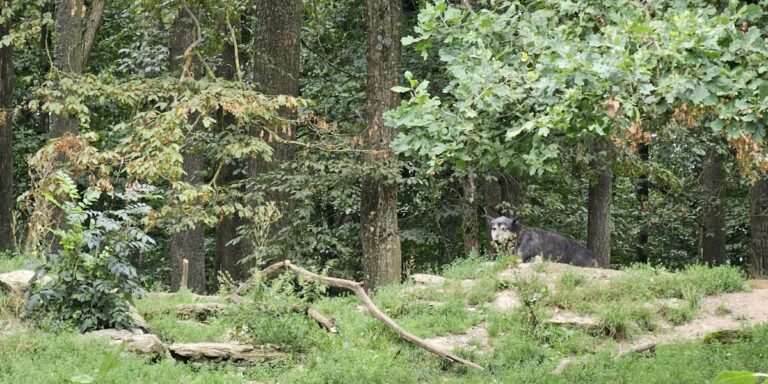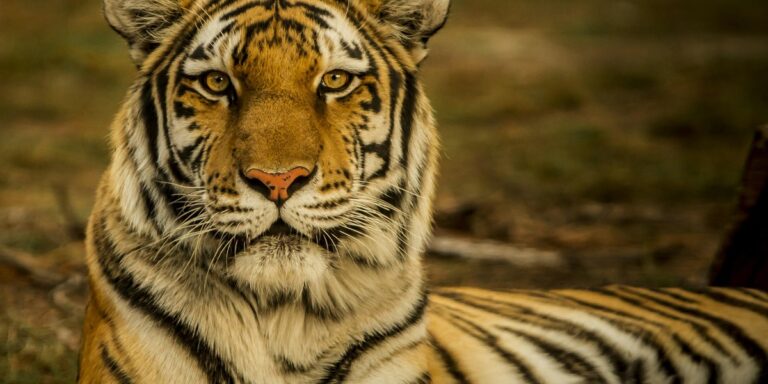Explore a definitive list of 41 forest carnivores, complete with scientific names, average weights, and geographic ranges. This concise guide is perfect for students, naturalists, and curious readers seeking facts and distribution info on the predators that shape forest ecosystems.
Taiga Carnivores: The Complete List
Explore a comprehensive list of 45 taiga carnivores, from wolves and lynx to wolverines and tigers, with scientific names, typical weights and geographic ranges. This complete reference helps you identify boreal predators and learn about their ecology, distribution, and conservation — dive into the full list.
The Complete List of Taiga Tertiary Consumers
This comprehensive list profiles 14 taiga tertiary consumers, providing scientific names, geographic ranges, and primary prey for each species. From iconic top predators like the gray wolf and Eurasian lynx to lesser-known carnivores, learn how these tertiary consumers regulate prey populations and maintain the health of boreal forests. Ideal for students, naturalists, and wildlife enthusiasts seeking detailed, reliable species information.
Dangerous Animals in Asia: The Complete List
An exhaustive list of 37 Dangerous Animals in Asia, this post profiles each species with scientific names, typical region or habitat, and a danger-type and severity rating (1-5). From venomous snakes and crocodiles to large predators and aggressive marine life, learn where these animals live, why they’re dangerous, and practical safety tips to reduce risk.
The Complete List of Dangerous Animals In Panama
This comprehensive list profiles 30 Dangerous Animals in Panama — from venomous snakes and spiders to big cats, crocodilians and hazardous marine life. For each species we note scientific name, where they’re found, and the danger type and severity so travelers and nature lovers can recognize risks and stay safe.




